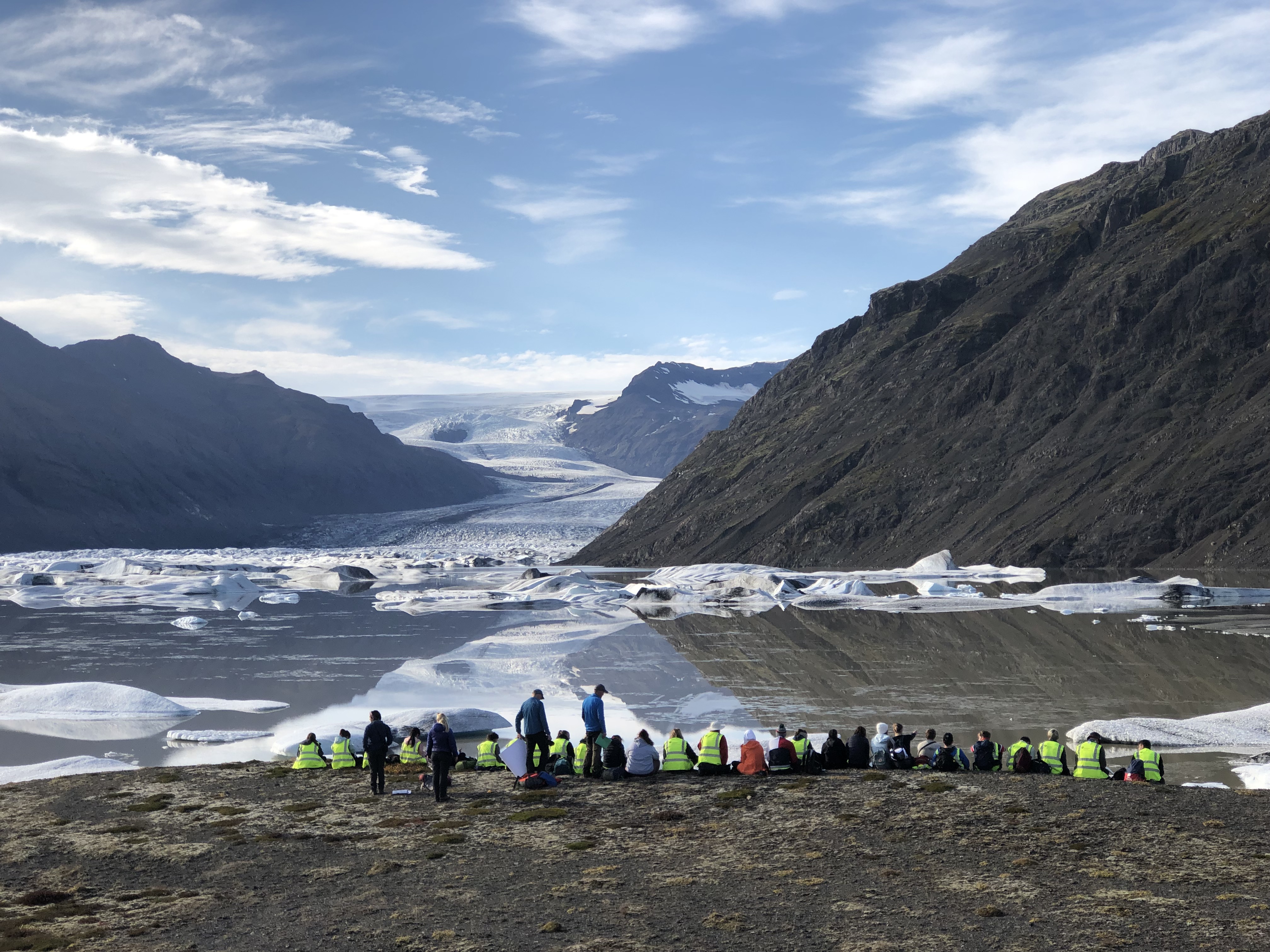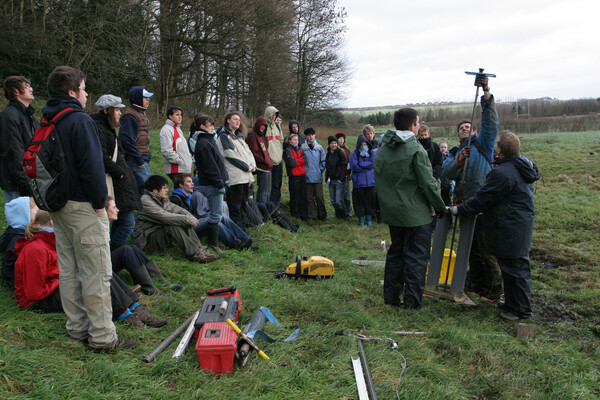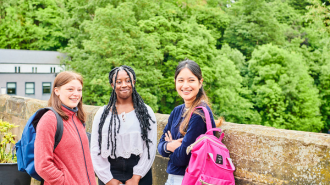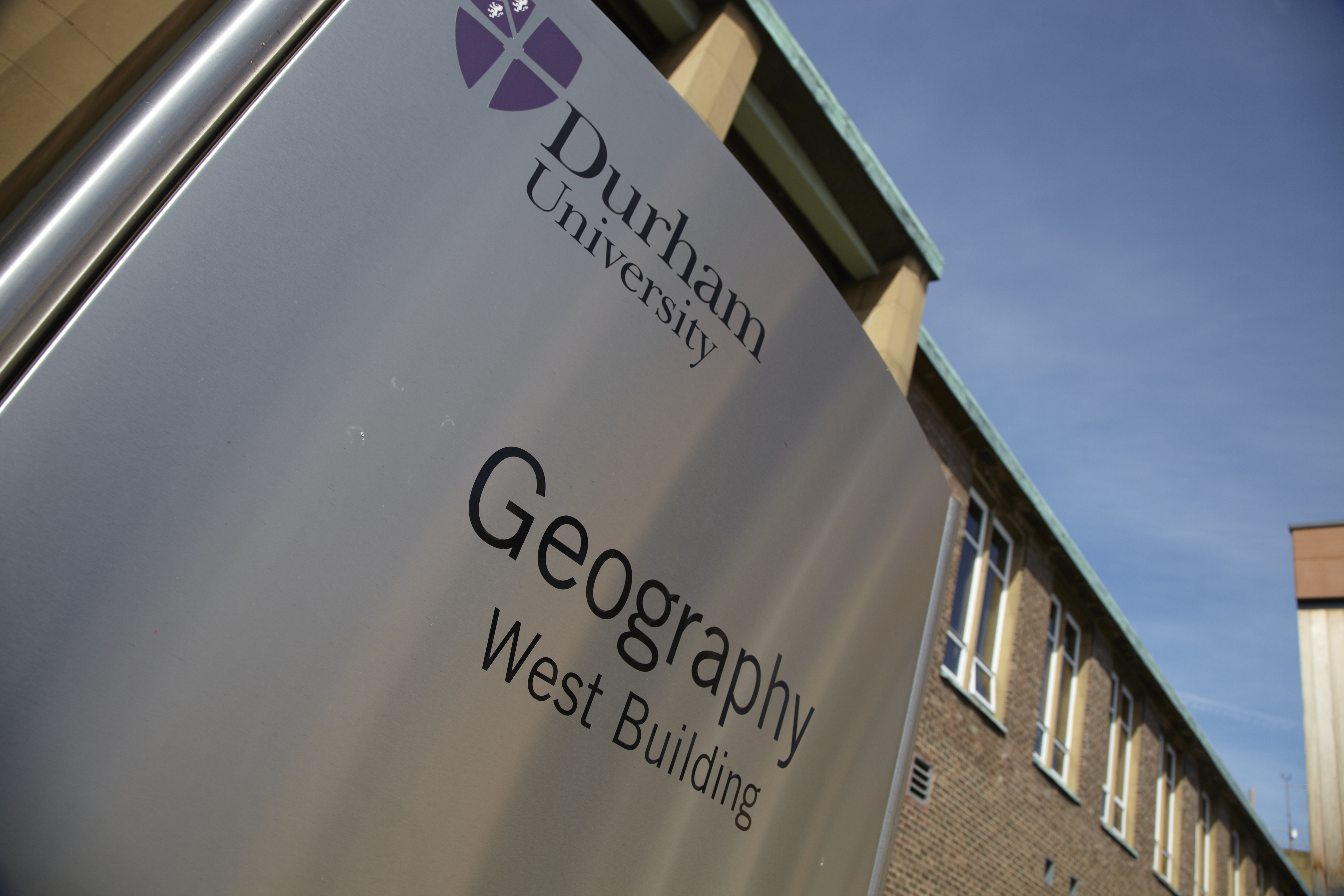Undergraduate Study at Durham Geography
We offer the inspiration, you achieve the outstanding.
When you study Geography at Durham University, you join a vibrant and diverse student community of home and International students in one of the world's very best geography departments. 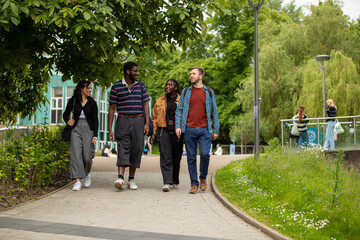
We offer BA (Human) Geography and BSc (Physical) Geography degrees where our programmes will stimulate and challenge you to achieve your best, and our supportive teaching team provides one-on-one mentorship and feedback to help you succeed.
Employability Our graduate prospects are currently the highest of any UK Geography Department and as such our students are highly employable, going on to exciting careers where they make a difference in fields like environmental policy and climate science, urban planning, energy, tourism, and local development.
Did we mention fieldtrips? At Durham Geography you will learn first-hand how to address real-world problems and gain hands-on experience in places as diverse as Chicago, Nepal and The Arctic.
Studying Geography at Durham
Sarah Jordan (BA Graduate)
"What I love about studying geography at Durham is the opportunities you have. Whether that is being taught by world-leading academics who are some of the most influential people in the subject, or the fieldtrips to fascinating areas of the world."
Courses
Through a variety of engaging and stimulating teaching and learning methods including fieldwork our world-class teaching is delivered by internationally renowned scholars providing you with a unique foundation in the very state-of-the-art of our discipline.
All of our students develop foundational skills across Physical and Human Geography in Year 1 before then having the opportunity to choose from a large and exciting suite of more specialised modules in Years 2 and 3 where you can adapt your pathway through our programme to your own interests and career goals.
On both programmes we also offer a range of modules at all levels where you can study both physical and human geography if you wish to in modules covering some of the most urgent global challenges facing environment and society.
View and download the 2025 Geography Undergraduate Brochure.
BSc (Physical) Geography
The BSc in Geography explores the challenges facing the world today, from climate change to environmental risk mitigation. This flexible course will enhance your understanding of the planet, while furnishing you with the knowledge and skills for a broad range of career options.
BA (Human) Geography
The BA in Geography explores the relationship between people and the planet. This flexible course will enhance your understanding of the challenges facing society and the world around you, while you acquire the knowledge and skills for a broad range of career options.
Widening Participation
Going to university is a major decision, and we are dedicated to supporting applicants from minority backgrounds, or who are among the first in their family to go to university.
Student Life
Your time at Durham will be enriched by your course, the lifelong friendships you make, your life in college and through the activities you engage in across our wider community.
Careers and employability
There is no such thing as a typical Geography career. Our graduates go on to an exciting range of jobs in varied sectors. If you want to study a degree that will open up many career paths, Geography at Durham is a great choice.
International Students
Durham is a truly world-class university with a long history of welcoming students and academics from all over the globe. We are 1st in the UK for Geography and 16th in the world.
Placements
You may also want to consider the opportunity to do a placement year which can provide you with relevant work experience, professional network expansion and the discovery of a new city or country whilst receiving a salary.
Contact Us
Founded in 1928, the Department of Geography at Durham University is one of the leading centres of geographical research and education in the world.
Department of Geography
Durham University
Lower Mountjoy
South Road, Durham
DH1 3LE, UK
Tel: +44 (0)191 3341800


/prod01/prodbucket01/media/durham-university/departments-/geography/Matt_Couchmann-3872X1296.JPG)
/prod01/prodbucket01/media/durham-university/departments-/geography/Mount-Saint-Augustine-Volcano.jpg)
